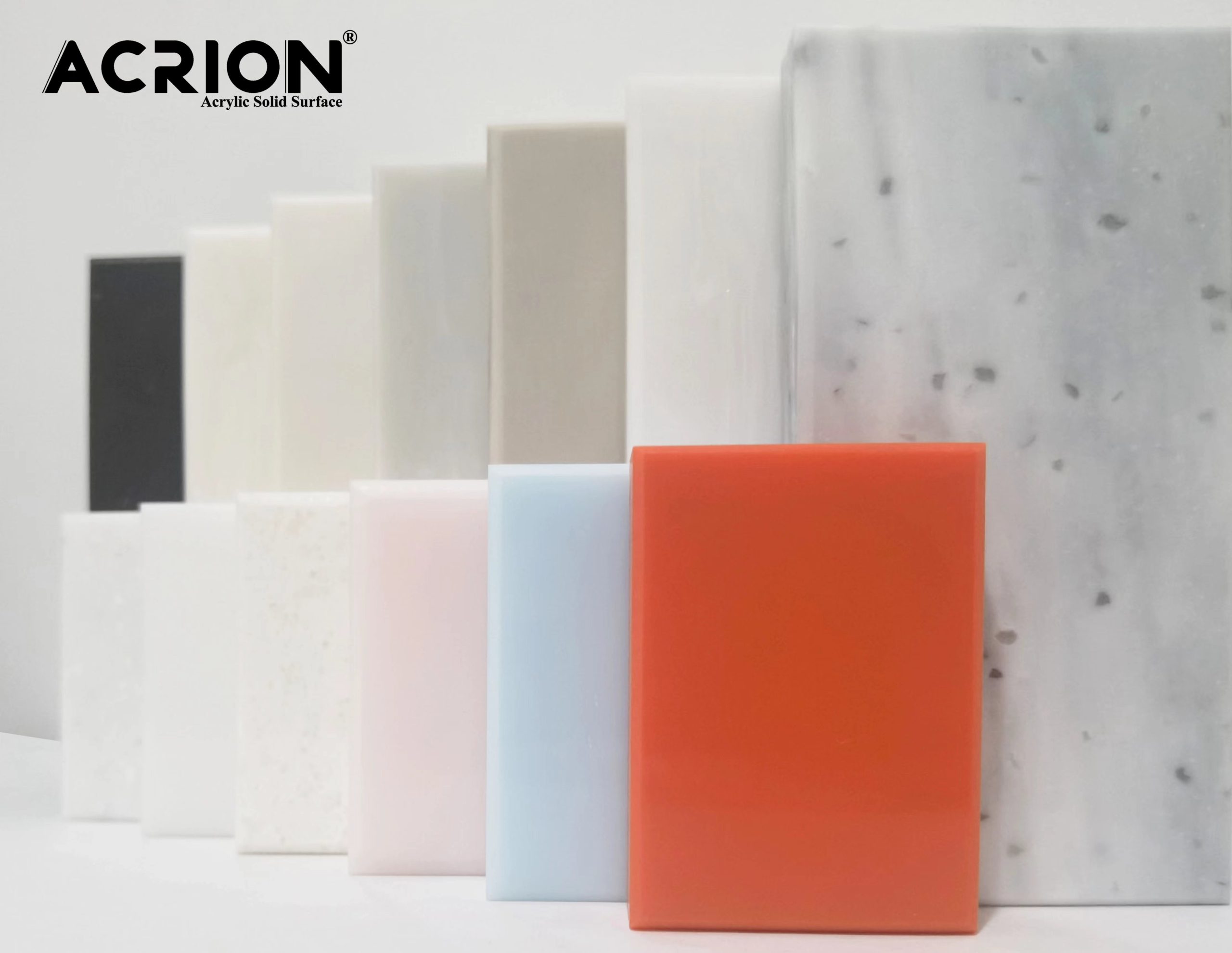The testing method for the anti-stain performance of Keli Nai countertops usually includes the following steps and key points:
Test steps
Select test materials:
Prepare samples of Corine countertops and ensure that the surface of the samples is flat and free of defects.
Determine the pollutants:
Choose common kitchen stains for testing, such as soy sauce, oily markers, cooking oil, chili oil, dark soy sauce, light soy sauce, coffee, iodophor, etc. These stains simulate various pollution situations that may be encountered in the kitchen environment.
Simulated pollution process:
Apply the selected contaminants to the Corine countertop samples and let them stand for a period of time (such as 24 hours) to simulate the contamination situation in actual use.
Evaluate the difficulty level of pollutant removal:
Try to remove the stain using a mild cleaner (such as soapy water or ammonia-based cleaners) and a soft cloth.
Observe and record the removal of stains, including whether there are any marks left and whether multiple cleanings are needed.
Test key points and analysis
Anti-fouling performance:
In the tests, the Corine countertop usually demonstrated a strong anti-stain ability. For instance, after applying stubborn stains such as soy sauce or oily markers, with simple cleaning, the stains can often be easily removed without leaving obvious marks.
The Kelinai countertop adopts a high-density and pore-free structure design, effectively preventing stains from penetrating. Its surface has undergone special treatment to form a dense protective layer, making it difficult for stains to leave marks on its surface.
Convenience of cleaning
Even when dealing with stubborn stains, Kelinai countertops can be easily removed with just a mild cleaner and a soft cloth, greatly simplifying the cleaning process.
Durability
After long-term use, the Kelinai countertop can still maintain good anti-stain performance and is not prone to discoloration or damage due to the penetration of stains.
